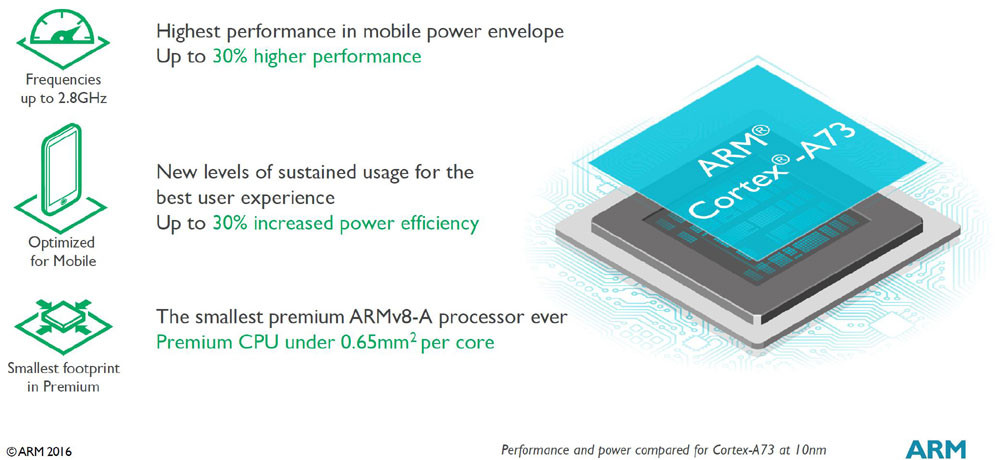Back at Mobile World Congress, Qualcomm introduced its latest high-end chipset — the Snapdragon 801. The chipset is already being used in many upcoming flagship devices including the Galaxy S5 and the Xperia Z2. However, while the Snapdragon 801 on the Galaxy S5 is clocked at 2.5GHz, it runs at 2.3GHz on the Xperia Z2, which is the same as the Snapdragon 800 chipset found inside the Nexus 5 and LG G2. So, what exactly is the difference between these two chipsets from Qualcomm? Read below to find out.
The Snapdragon 800 and 801 are the same chipset with the latter only having one minor improvement and a higher clock speed. In a nutshell, the only difference between these two chipsets are faster CPU/GPU clocks and an eMMC 5.0 (vs. eMMC 4.5) on the Snapdragon 801.
To make matters even more confusing, Qualcomm offers two bins of the Snapdragon 801 — MSM8974AB and MSM8974AC. To end your confusion, check out the table below that should make matters clear:
As you can see above, the differences between the Snapdragon 800/801 and even its various bins are not that much. None of the changes above should bring about a noticeable improvement in performance in day to day use. The only major difference between the Snapdragon 800 and 801 devices is the ability to record videos in 4k resolution in the latter.
The higher binned (MSM8974AC) Snapdragon 801 chipset is also probably going to remain exclusive to the Galaxy S5, as the higher binned S600 chipset was for the Galaxy S4. The next game changing chipset from Qualcomm is the Snapdragon 805 which is still, at the very least, six months away from making an appearance in a commercial device.
Source: AnandTech



















